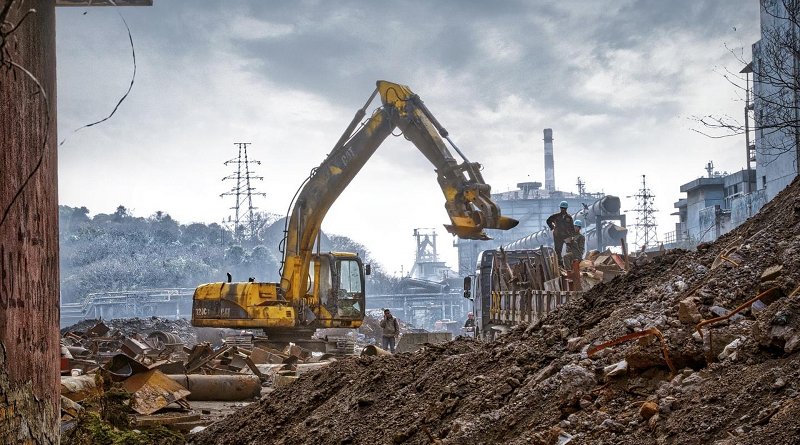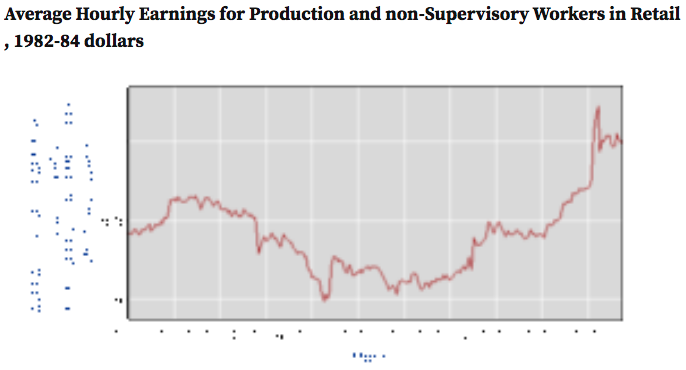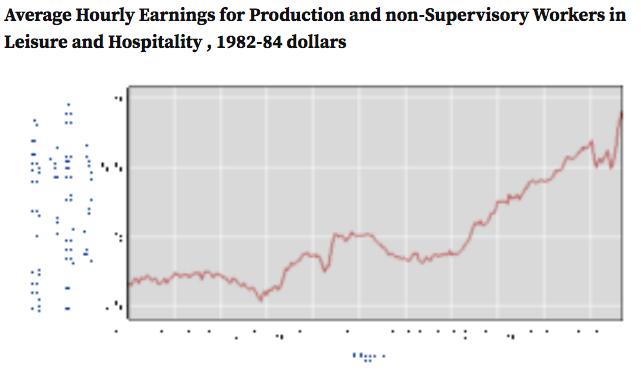Life At The Bottom In Joe Biden’s America – OpEd
By Dean Baker
With the economy facing substantial bottlenecks, and the continuing spread of the pandemic, it is worth taking a quick look at how lower paid workers have been faring. Nominal wages have been rising rapidly for workers at the bottom of the pay ladder in recent months. This has allowed workers in the lowest paying jobs to see substantial increases in real wages, in spite of the uptick in inflation the last few months.
Here’s the picture in retail for production and non-supervisory workers. Note that real wages were actually somewhat lower in 2018 than they had been in 2002. (These numbers are 1982-1984 dollars, so multiply by about 2.6 to get current dollars.) They did rise in 2018 and 2019, due to a tightening of the labor market, as well as minimum wage hikes at the state and local level. The impact of the pandemic and the recovery has been a big net positive. Real wages in the sector are roughly 4.6 percent higher than the level of two years ago, a 2.3 percent annual real wage gain.
The story looks even better in the hotel and restaurant sector. Real wages had been rising fairly consistently since 2014, but growth has picked up in the pandemic and recovery. Real wages are now 6.3 percent above their level of two years ago, an average annual increase of 3.2 percent. This rate of increase is not likely to continue, but so far workers in this sector have been seeing extraordinary wage gains.
This first appeared on Dean Baker’s Beat the Press blog.



